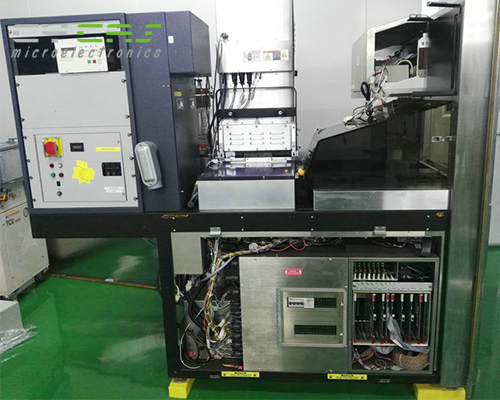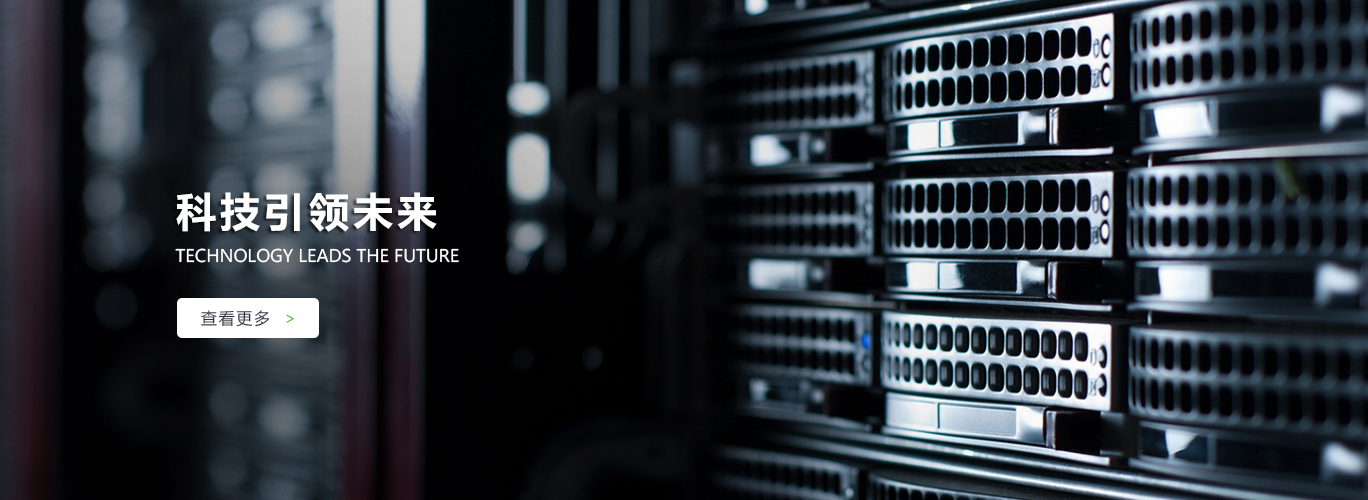新闻资讯
联系我们
名 称:苏州赛森电子科技有限公司
电 话:0512-58987901
传 真:0512-58987201
邮 箱:sales@cycas.com
地 址:江苏省张家港经济开发区福新路1202号 215600PRC
网 址:www.cycas.com
Name: Suzhou cycas Microelectronics Co., Ltd.
Tel.: 0512-58987901
Fax: 0512-58987201
Email: sales@cycas.com
Address: No.1202,Fuxin Road,Zhangjiagang Economic Development Zone,Jiangsu Province 215600PRC
Website: www.cycas.com
The application of plasma etcher in PCB industry等离子刻蚀机在PCB线路板行业去胶渣制程的应用
发布日期:2018-09-15 作者:www.cycas.com 点击:
等离子刻蚀机在PCB线路板行业去胶渣制程的应用
等离子体又叫做电浆,是由有些电子被掠夺后的原子及原子被电离后发生的正负电子构成的离子化气体状物质,也有称其为物质的第四相态。等离子体相态是因为原子中激化的电子和分子无序运动的状况,所以具有适当高的能量。
(1)PCB多层板等离子刻蚀机-机理:
在真空室内部的气体分子里施加能量(如电能),由加快电子的抵触,使分子、原子的最外层电子被激化,并生成离子,或反响性高的自由基。
如此发生之离子、自由基被接连的抵触和受电场效果力而加快,使之与资料外表碰撞,并损坏数微米规模以内的分子键,诱导减少一定厚度,生成高低外表,同时构成气体成分的官能团等外表的物理、化学变化,进步镀铜粘结力、除污等抄板效果。 等离子刻蚀机用气体多见的有氧气、氮气和四氟化碳气。下面经过由氧气和四氟化碳气所构成之混合气体,举例说明等离子体处理之机理: V15

(2)PCB多层板等离子刻蚀机-用处:
1、凹蚀 / 去孔壁树脂沾污;
2、进步外表潮湿性(聚四氟乙烯外表活化处理);
3、选用激光钻孔之盲孔内碳的处理;
4、改动内层外表形状和潮湿性,进步层间结合力;
5、去除抗蚀剂和阻焊膜残留。
(3)PCB多层板等离子体处理-举例:
A.纯聚四氟乙烯资料的活化处理
关于纯聚四氟乙烯资料的活化处理,是选用单步活化通孔技术。所用气体绝大有些是氢气和氮气的组合。
待处理PCB板无需加热,因为聚四氟乙烯被处理成活性,潮湿性有所增加。真空室一旦到达操作压力,启用工作气体和射频电源。
大多数纯聚四氟乙烯抄板的处理仅需约20分钟。但是,因为聚四氟乙烯资料的恢复功能(回复到不潮湿外表状况),化学沉铜之孔金属化处理需在经等离子体处理后的48小时内完结。
B.含填料聚四氟乙烯资料的活化处理
关于含填料的聚四氟乙烯资料制作的印制电路板(如不规矩的玻璃微纤维、玻璃织造增强和陶瓷填充之聚四氟乙烯复合物),需两步处理。
第一步,清洗和微蚀填料。该步典型之操作气体为四氟化碳气、氧气和氮气。
第二步,等同于前述纯聚四氟乙烯资料外表活化处理所选用的一步法抄板技术。
The application of plasma etcher in PCB industry
Plasma, also known as plasma, is an ionized gaseous substance composed of the atoms after some electrons are plundered and the positive and negative electrons after the atoms are ionized. It is also known as the fourth phase state of matter. The plasma phase state is due to the disordered motion of the excited electrons and molecules in the atom, so it has a proper high energy.
(1) PCB multi-layer plasma etching machine mechanism:
Apply energy (such as electric energy) to the gas molecules inside the vacuum chamber to accelerate the collision of electrons, so that the outermost electrons of molecules and atoms are excited, and generate ions, or highly reactive free radicals.
The resulting ions and free radicals are continuously conflicted and accelerated by the electric field effect force, making them collide with the surface of the data, damaging the molecular bonds within the scale of several microns, inducing the reduction of certain thickness, generating high and low surface, and the physical and chemical changes of the surface of the functional groups that make up the gas composition, so as to improve the adhesion of copper plating, decontamination and other copy board effects. Oxygen, nitrogen and carbon tetrafluoride are the most common gases used in plasma etching. The following is a mixture of oxygen and carbon tetrafluoride gas to illustrate the mechanism of plasma treatment: V15
(2) PCB multi-layer plasma etching machine - use:
Pitting / pore wall resin contamination;
Improvement of surface wettability surface activation treatment of polytetrafluoroethylene);
Treatment of carbon in blind hole with laser drilling;
Change the shape and humidity of the inner surface, improve the adhesion between layers;
Remove the corrosion inhibitor and solder mask residue.
(3) PCB multi-layer plate plasma processing - example:
A. activation processing of pure polytetrafluoroethylene data activation processing of pure polytetrafluoroethylene data, single-step activation through-hole technology is selected.
Most of the gases used are a combination of hydrogen and nitrogen.
The PCB to be treated does not need to be heated, because the polytetrafluoroethylene is treated to be active and the wettability is increased. Once the vacuum chamber reaches the operating pressure, enable the working gas and RF power supply. Most pure polytetrafluoroethylene boards only need about 20 minutes to process.
However, due to the recovery function of polytetrafluoroethylene data (returning to the non humid appearance), the hole metallization of chemical copper deposition needs to be completed within 48 hours after plasma treatment.
B. Activation treatment of polytetrafluoroethylene
With fillers PCB made of polytetrafluoroethylene with fillers (such as irregular glass microfiber, glass weaving reinforcement and polytetrafluoroethylene composite filled with ceramics) needs two-step treatment.
The first step is to clean and micro etch the packing. The typical operation gases in this step are carbon tetrafluoride, oxygen and nitrogen.
The second step is equivalent to the one-step plate making technology selected for the surface activation treatment of the pure polytetrafluoroethylene data.
本文网址:http://www.cycas.com/news/353.html
相关标签:等离子刻蚀机
最近浏览:
相关产品:
相关新闻:
- 真空等离子清洗产品特点Characteristics of vacuum plasma cleaning products
- 等离子清洗机在手机行业中的应用Application of plasma cleaning machine in mobile phone industry
- 怎么选等离子清洗机设备厂商呢?How to choose plasma cleaning equipment manufacturers?
- 等离子清洗机效果如何评估 How to evaluate the effect of plasma cleaning machine?
- A complete set of equipment for surface modification, surface activation, etching and nano coating of plasma cleaning machine等离子体清洗机表面改性、表面活化、刻蚀、纳米涂层一台设备全搞定
- 真空等离子清洗原理Principle of vacuum plasma cleaning
- 等离子体表面处理的技术及应用Technology and application of plasma surface treatment
- A complete set of equipment for surface modification, surface activation, etching and nano coating of plasma cleaning machine等离子体清洗机表面改性、表面活化、刻蚀、纳米涂层一台设备全搞定 A complete set of equipment for surface modification, surface activation, etching and nano coating
- 等离子表面处理技术也具有以下优势Plasma surface treatment technology also has the following advantages
- 等离子体表面处理的原理Principle of plasma surface treatment

